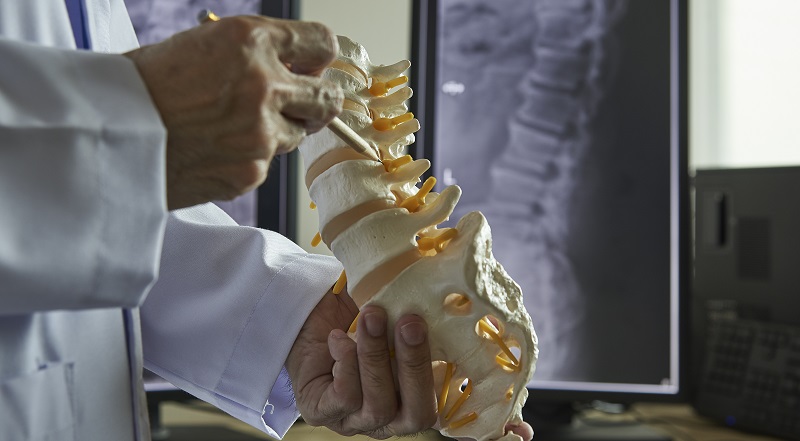How To Treat Epidural Fibrosis (Spinal Nerve Scarring)
Category: Spine | Author: Stefano Sinicropi

Epidural fibrosis, also known as spinal nerve scarring or failed back surgery syndrome, is a medical condition that can develop after a person has undergone a surgical procedure on their spine. It’s not uncommon for the condition to develop in the majority of people who undergo surgery, but that doesn’t mean it’s always symptomatic. In fact, in many cases, the patient doesn’t even know they are dealing with the condition because the scarring is not impinging vital nerves. Below, we explain how to treat epidural fibrosis when it is symptomatic after spine surgery.
What Is Epidural Fibrosis?
When a person undergoes a decompression operation, the spine surgeon is typically working in close proximity to a nerve root. Also, in order to access the area and remove the offending compression, a wound will be created near this nerve root. Scarring, or an epidural fibrosis, is the natural response to this wound. When this scarring occurs as expected, recovery progresses as normal. However if this scar tissue envelopes or compresses the nearby nerve root, the nerve can begin to fire off pain signals with even the slightest of movements.
Your surgeon can go back in and release the nerve root from the epidural fibrosis, but there’s no guarantee that the nerve wouldn’t end up trapped again. For this reason, like many conditions, it’s best to prevent the epidural fibrosis from compressing a nerve in the first place than to try and treat it after the fact.
Preventing Epidural Fibrosis
We know that scarring is going to take place after a spinal surgery, but how can we go about preventing it from enveloping critical spinal nerves? There’s no perfect system, but there are some things you and your surgeon can do to reduce your risk of developing symptomatic epidural fibrosis. Some ways to reduce your risk include:
- Physical Therapy – Physical therapy is the most common source of prevention of symptomatic epidural fibrosis. PT works because controlled movements can help break up scar tissue formation so that it’s not as big. Instead of one larger chunk of scar tissue, the epidural fibrosis will comprise of smaller sections of tissue that are less likely to entrap a nearby nerve.
- Medications – Medication alone won’t cure your problematic scarring, but it can help ease discomfort when performing your physical therapy exercises, which can make it easier to perform them and in turn reduce your risk of symptomatic epidural fibrosis.
- Stretching – Similar to physical therapy, you can do some light stretching when you’re not with your physical therapist to help break up scar tissue and improve comfortable movement in the area.
If those prevention strategies fail and symptoms develop, your surgeon may have a couple techniques in mind to address the pain. For some patients, corticosteroid injections can help numb the area and allow for more physical therapy to hopefully help to free the compression. For others, a surgeon may recommend an endoscopic procedure where small tools are inserted to view the area and free the nerve from the entrapment. Another surgical operation, known as a percutaneous adhesioysis, uses steroid medications inserted through a catheter to help break up the scar tissue and free the nerve root. It is considered the most effective way to treat scarring that has trapped a nerve after a discectomy or similar decompression operation.
So if you are dealing with nerve pain after a spinal surgery, or you want to work with a surgeon before your operation who can help you avoid symptomatic epidural fibrosis development in the first place, reach out to Dr. Sinicropi’s office today.